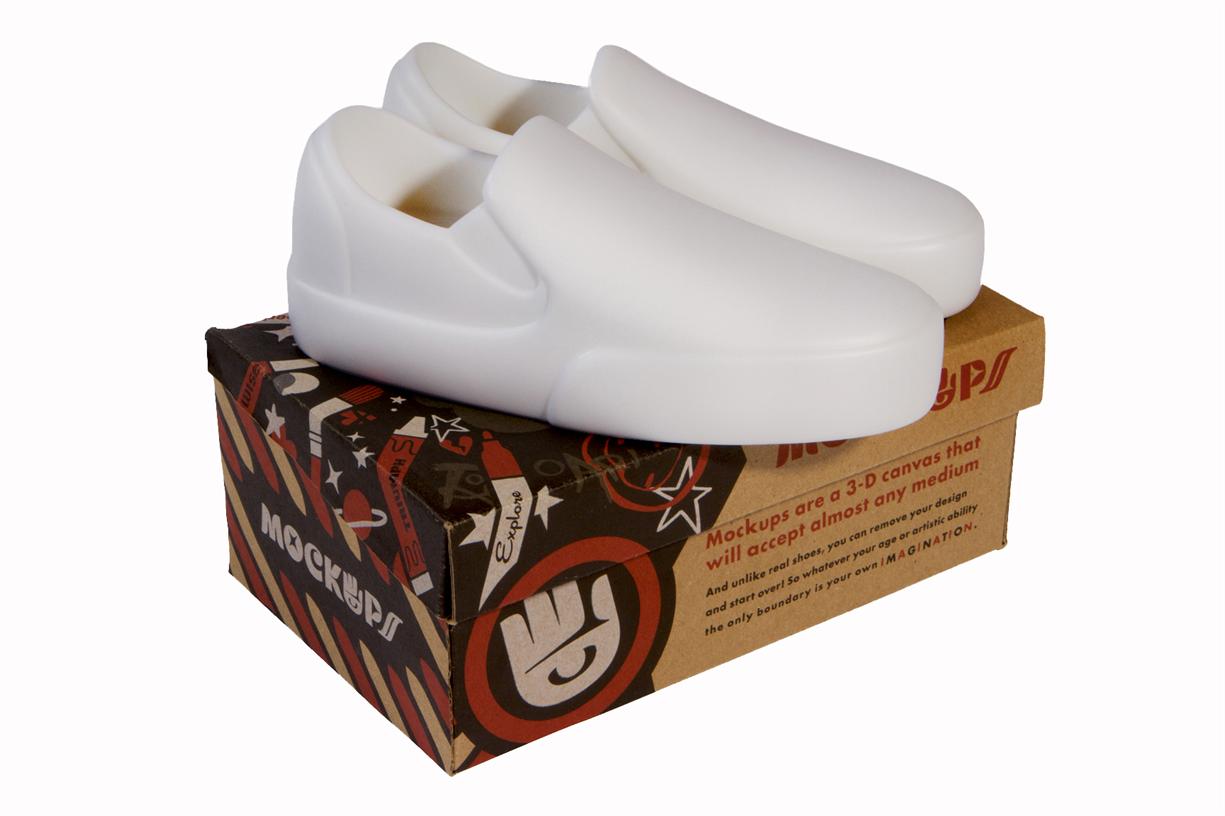Eurasian Hybridity in Chinese Utopian Visions: From “One World” to “A Society Based on Beauty” and Beyond
positions: east asia cultures critique
Volume 14, Number 1, Spring 2006
pages 131-163
Emma Jinhua Teng, T.T. and Wei Fong Chao Professor of Asian Civilizations; Associate Professor of Chinese Studies
Massachusetts Institute of Technology
“Can Mixed-Blood Hybrids Really Improve the Chinese Race?” This provocative question appeared in chinesenewsweek.com in August 2001. Columnist and on-line pundit Shangguan Tianyi began his essay by contrasting the racialist thinking of the past with contemporary attitudes:
In the past, the German Nazis promoted the idea of Aryan superiority on the basis of the notion of racial purity…. Ironically, nowadays there are people who are taking an avid interest in racial intermixing and hybridity as a means of improving the Chinese race [Zhongguo renzhong], and of producing a more intelligent new generation….decades after [the Nazi era], the mixed-blood hybrid has unexpectedly become a figure of admiration…. In concrete terms, are we talking about interbreeding with Blacks, American Indians, Australian Aborigines or Pacific Islanders? The answer in each case is, no. Essentially, the scope of intermixing is limited to Whites, preferably Americans.
Shangguan then proceeded, in equally inflammatory terms, to critique what he identifies as a new interest in intermarriage as a tool for genetically reengineering the Chinese race and the fetishization of Eurasians as the breed of choice. This fascination is readily apparent in the Chinese media, particularly the entertainment industry where Eurasian models, actors, and athletes have become hot commodities, purported to be not only exceptionally beautiful and physically superior, but also more intelligent. Declaring this type of “blind faith” in Eurasian physical and mental superiority absurd, Shangguan asserts that only a geneticist in a lab could create the ideal child.
Shangguan’s (rather cantankerous) critique stands in sharp contrast to the celebratory discourses on hybridity current in both postcolonial studies and the emerging field of multiracial studies. The theoretical concept of hybridity as a metaphor for the new transcultural forms produced by the colonizer/colonized relation has become fashionable in academic circles since the late 1980s, thanks, among others, to the influential work of Homi Bhabha. Indeed, hybridity has become one of the most widely employed (and hotly disputed) concepts in postcolonial studies, and is frequently cited as a defining characteristic of “the postcolonial condition.” For example, the editors of The Post-Colonial Studies Reader write: “Hybridity and the power it releases may well be seen to be the characteristic feature and contribution of the post-colonial, allowing a means of evading the replication of the binary categories of the past and developing new anti-monolithic models of cultural exchange and growth.”
Whereas within postcolonial studies hybridity is largely conceptualized in cultural or discursive terms, multiracial studies concerns itself with hybridity in racial or bodily terms. Multiracial studies has emerged over the past decade in tandem with the growth of a multiracial movement in the United States, and related movements in Britain and elsewhere, dedicating itself to the analysis of the “multiracial experience” and “multiracial identity.” Largely due to its association with multiracial activism, multiracial studies tends to construct racial intermixing as a socially progressive and liberal phenomenon. As in postcolonial theory, hybridity is treated as a disruptive or destabilizing force, with mixed-race identity promising to break down racial boundaries and bring an end to racism, which is equated with the ideology of racial purity. As one of the leading voices of this emergent field, Maria Root, asserts: “The presence of racially mixed persons defies the social order predicated upon race, blurs racial and ethnic group boundaries, and challenges generally accepted proscriptions and prescriptions regarding intergroup relations. Furthermore, and perhaps most threatening, the existence of racially mixed persons challenges long-held notions about the biological, moral, and social meaning of race.” Hybridity, then, seemingly holds the promise of moving us beyond the old identity politics of white and black, colonizer and colonized, toward a boundaryless future where indeterminacy…

